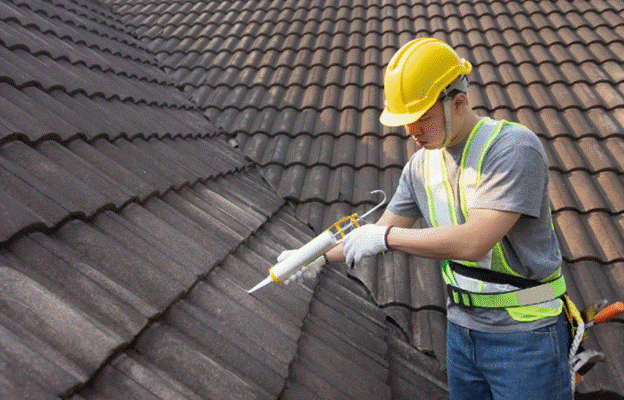Florida’s tropical weather makes for days at the beach and sun, but it poses problems for homeowners. While most people worry about hurricanes and heat, humidity is one of the most unrelenting enemies to the life of your roof.
High humidity does not simply make for heavy air; it quietly attacks the roofing materials, promoting their degradation and ultimately forming a conducive habitat for mold and algae.
The Effects of Humidity on Your Roof: The Key To Maintaining a Safe and Sound Home
1. Moisture Accumulation and Condensation
With a humidity level more than 70% most of the time, Florida always has moisture in the air. Condensation occurs as warm, moist air hits the cool surfaces of your roof or attic.
The moisture finds its way into your roof deck, underlayment, and insulation over time. The results? Wood rot, mold growth, and overall structural weakening. Condensation can damage the roof in poorly ventilated attics, where the humid air cannot escape.
Proper attic ventilation must be put in place with ridge vents, soffit vents, or attic fans. Adequate airflow helps balance the temperature and moisture levels, thereby preventing condensation buildup.
2. Algal, Fungal, and Mildew Growth
Seen those dark streaks and stains on the roofs throughout Florida? That is mostly algae or mold that flourishes in humid conditions. Algae, Gloeocapsa magma, feed on the limestone found in asphalt shingles, slowly destroying their surface. Mold and mildew may work their way beneath roofing materials and into your attic, posing health threats and causing foul odors.
Consider algae-resistant shingles or schedule periodic roof cleanings with safe, non-chemical solutions. Avoid high-pressure washing, as this will damage shingles.
3. Rust and Corrosion for Metal Apparatus
Humidity accelerates the oxidation process for rusting nails, flashing, gutters, or even metal roofing if a balanced coating is not set. In the long run, corrosion could lead to leaks or structural failure around joints and seams.
Opt for corrosion-resistant materials such as stainless steel or aluminum. Regularly check flashing and fasteners, and gutters for early signs of rust, especially after rainy seasons.
4. Weakened Adhesives from Moisture
Excess moisture can affect the adhesives and sealants used in roofing systems, especially in the case of flat or low-slope roofs. And when the humidity does get into the grain of the bonding agents, it simply breaks them down and lifts shingles or membranes.
Engage a certified roofing contractor who will be working with materials rated for Florida’s humid climate. Regular inspections will ensure that seals and adhesives are intact.
This post was written by a professional at Coastal Brothers Roofing. Coastal Brothers Roofing is a family-owned Tampa roof installation company offering expert re-roofing and repair services. We install premium shingles, tile, metal, and low-slope systems, including products from Tamko and Owens Corning. Our team also provides gutter, soffit, fascia, and emergency tarping. Trusted as one of the best residential roofing companies near you, we deliver durable, high-quality roofing systems built for Florida’s climate.



Comments